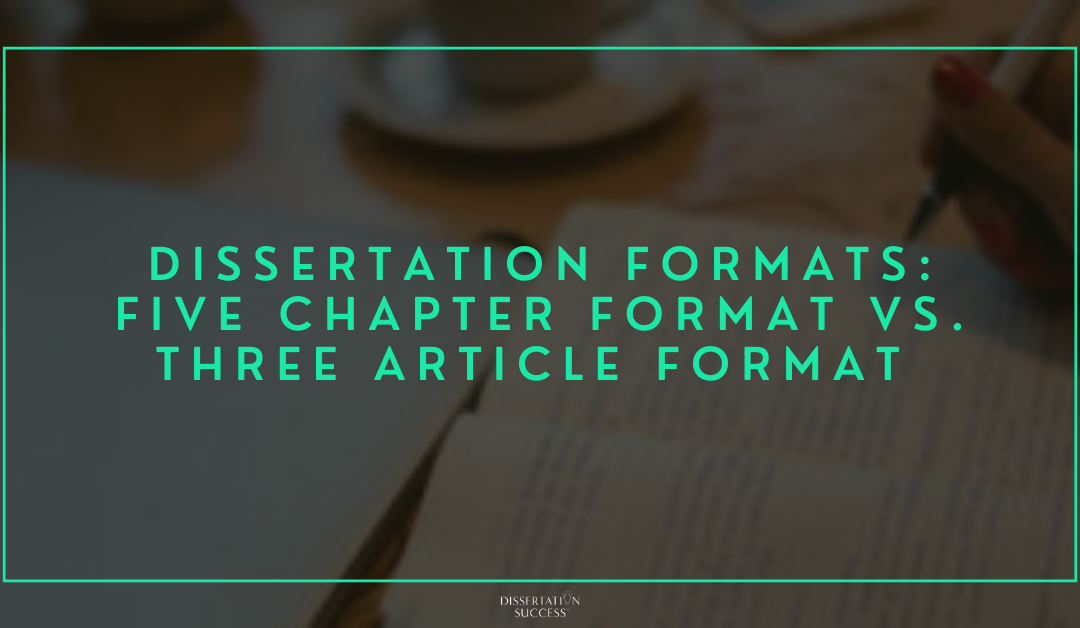The two most common dissertation formats are the traditional format (sometimes referred to as the five-chapter format) and the three-article format (sometimes referred to as the manuscript format). The same quality of work and effort is required for both formats, but they are valued differently across programs and disciplines. For example, if your discipline values peer-reviewed journal articles over books/monographs, you might want to consider the three-article format.
This will prepare you to submit your dissertation as multiple manuscripts in preparation for or after your final defense. On the other hand, if your discipline places more value on books/monographs, sticking with the traditional five-chapter format might be your best option. This blog goes through the basic differences between these two options, but we recommend you discuss which might be best for you with your committee.
Traditional Format |
Three-Article Format |
| Introduction | Introduction |
| Literature Review | Article 1 |
| Methods | Article 2 |
| Results/Findings | Article 3 |
| Conclusion | Conclusion |

